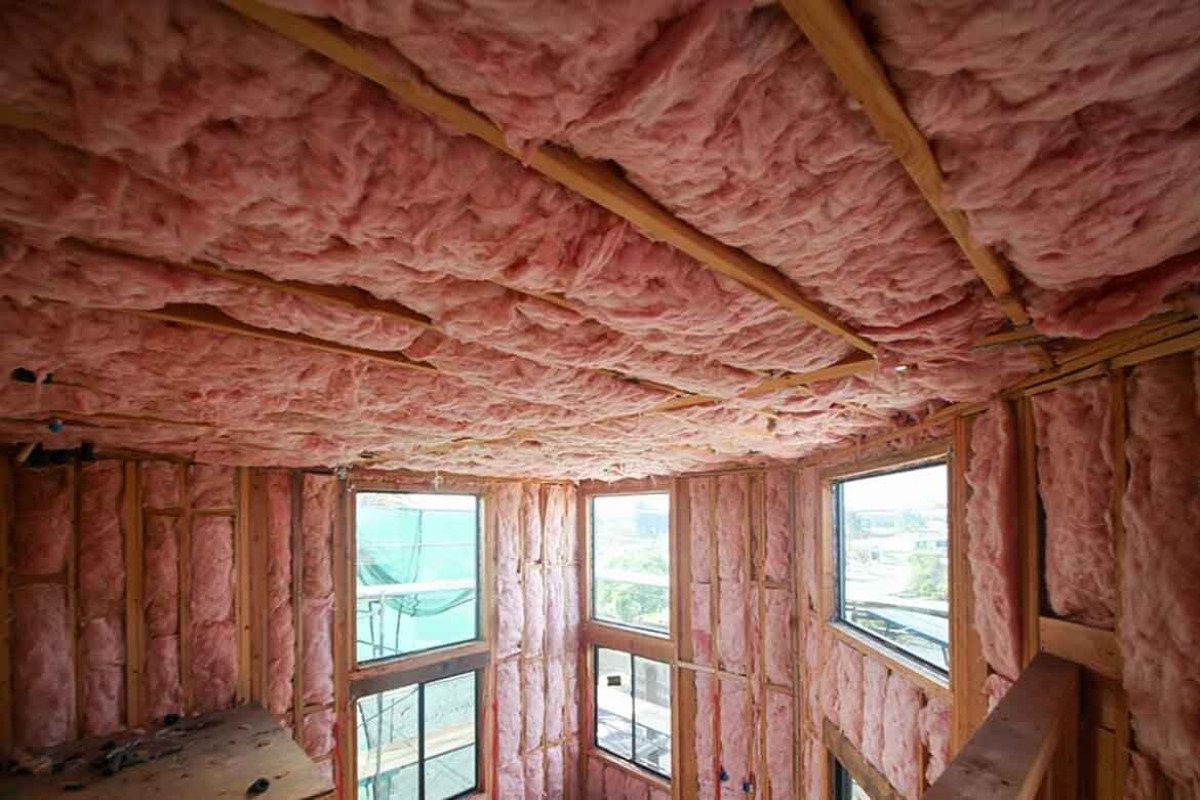

Articles
What Is Insulation In A House
Modified: October 20, 2024
Discover the importance of insulation in a house with informative articles. Learn how proper insulation can save energy and create a comfortable living environment.
(Many of the links in this article redirect to a specific reviewed product. Your purchase of these products through affiliate links helps to generate commission for Storables.com, at no extra cost. Learn more)
Introduction
Welcome to our comprehensive guide on insulation in houses. In this article, we will explore the definition of insulation and its importance in creating a comfortable and energy-efficient living environment. We will also discuss the various types of insulation materials available, the benefits of proper insulation, factors to consider when choosing insulation, common insulation issues and solutions, as well as the installation, maintenance, and updating of insulation in a house.
When it comes to creating a comfortable and sustainable living space, insulation plays a crucial role. It acts as a barrier, preventing heat loss in winter and heat gain in summer. Proper insulation helps maintain a consistent indoor temperature, reducing the need for excessive heating or cooling and, ultimately, saving energy. Additionally, insulation improves the overall soundproofing of a house, providing a quieter and more peaceful living environment.
As a homeowner, understanding the different types of insulation materials available, as well as the key factors to consider when choosing insulation, is vital. Each material has its own strengths and benefits, and the right choice will depend on factors such as climate, budget, and the specific needs of your home.
Alongside the benefits, insulation does come with its own set of challenges. Common issues such as inadequate insulation, air leaks, or moisture problems can impact its effectiveness. However, with proper installation and maintenance, these issues can be resolved, ensuring that your insulation performs optimally.
Throughout this guide, we will provide practical tips and advice on how to install, maintain, and update insulation in your home. These steps will not only improve the energy efficiency and comfort of your house but also contribute to a more sustainable and eco-friendly lifestyle.
Now, let’s dive deeper into the world of insulation and discover the many advantages and considerations associated with this essential element of a well-insulated house.
Key Takeaways:
- Proper insulation is essential for energy efficiency, comfort, and sustainability in homes. It reduces energy consumption, improves indoor air quality, and increases property value.
- Regular maintenance and updates are crucial for ensuring insulation continues to perform optimally over time. Addressing common issues and consulting professionals can prolong insulation lifespan and maximize energy-saving potential.
Definition of Insulation
Insulation refers to the materials, techniques, and processes used to reduce the transfer of heat, sound, or electricity from one area to another. In the context of a house, insulation aims to create a thermal barrier that minimizes heat loss in winter and heat gain in summer. By effectively regulating the flow of heat, insulation helps maintain a comfortable and energy-efficient indoor environment.
Insulation works by trapping pockets of air within its structure, preventing the transfer of heat through conduction and convection. Different insulation materials have varying levels of thermal resistance, commonly known as the R-value. The higher the R-value, the better the insulation’s ability to resist heat flow.
Insulation is commonly installed in key areas of a house, such as walls, roofs, floors, and attics. It can be made from a wide range of materials, including fiberglass, cellulose, foam, rigid boards, and reflective barriers. Each material has its own unique properties and application methods, allowing homeowners to choose the most suitable option based on their specific needs and budget.
Aside from thermal insulation, soundproofing and electrical insulation are also essential considerations. Soundproofing insulation is used to minimize the transmission of sound waves between rooms or from outside sources like traffic or loud neighbors. Electrical insulation, on the other hand, ensures the safe and effective flow of electricity throughout a building, protecting individuals and property from electrical hazards.
Overall, the primary purpose of insulation in a house is to create a more comfortable living environment, reduce energy consumption, and lower utility bills. Properly insulated homes can maintain consistent indoor temperatures, stay cooler in summer and warmer in winter, and provide better soundproofing, resulting in improved comfort and quality of life for occupants.
Now that we have explored the definition of insulation, let us delve deeper into the importance of insulation in a house and how it can positively impact our daily lives.
Importance of Insulation in a House
Insulation plays a vital role in creating a comfortable and energy-efficient living space. Whether you live in a cold climate or a hot one, proper insulation is essential for maintaining a consistent indoor temperature, reducing energy consumption, and improving overall comfort. Let’s explore the key reasons why insulation is so important in a house.
Energy Efficiency: One of the primary benefits of insulation is improved energy efficiency. Properly insulated homes are better able to retain heat in winter and repel heat in summer. By reducing the transfer of heat through walls, ceilings, floors, and windows, insulation helps stabilize indoor temperatures, reducing the need for excessive heating or cooling. This results in significant energy savings and lower utility bills.
Comfort: Insulation enhances the comfort of a living space by creating a more consistent indoor temperature. It helps prevent cold spots in winter and hot spots in summer, ensuring a comfortable environment all year round. Insulation also reduces drafts and air leaks, eliminating the discomfort caused by cold drafts or excessive humidity. Additionally, insulation improves soundproofing, minimizing noise from outside sources and between rooms, creating a quieter and more peaceful home.
Health and Safety: Adequate insulation not only contributes to personal comfort but also promotes a healthier living environment. Insulation helps prevent moisture buildup, which can lead to the growth of mold and mildew. These microorganisms can cause respiratory issues and allergies. Insulation also acts as a barrier against outdoor pollutants, allergens, and pests, creating cleaner indoor air quality for a healthier home.
Environmental Benefits: Insulation is a sustainable and environmentally friendly solution for reducing carbon footprint. By improving energy efficiency, insulation decreases the demand for heating and cooling systems, which contribute to greenhouse gas emissions. Additionally, energy-efficient homes consume less non-renewable resources, helping to conserve natural resources and mitigate the impact on the environment.
Financial Savings: Installing insulation is a wise financial investment. While there is an initial cost associated with installation, the long-term savings on energy bills quickly make up for it. Properly insulated homes can save a significant amount of money on heating and cooling costs throughout the year. Moreover, insulation increases the value of a property, making it more attractive to potential buyers in the future.
Sustainability: Insulation is an essential component of sustainable living. By reducing energy consumption and dependency on fossil fuels, insulation supports a more sustainable and eco-friendly lifestyle. It aligns with the global effort to combat climate change and reduce greenhouse gas emissions. Insulation also contributes to achieving energy efficiency goals and building codes aimed at creating greener and more sustainable communities.
Given the numerous benefits, it is clear that insulation is not just a luxury but a necessity for any modern home. By investing in insulation, homeowners can create a more comfortable living space, save on energy costs, and contribute to a sustainable future.
Next, let’s explore the different types of insulation materials available and how they can meet specific needs and requirements.
Types of Insulation Materials
When it comes to insulation, there is a wide variety of materials to choose from. Each material has its own unique characteristics, benefits, and installation methods. Understanding the different types of insulation materials can help homeowners make informed decisions based on their specific needs, budget, and environmental considerations. Let’s explore some of the most common types of insulation materials used in houses:
- Fiberglass: Fiberglass insulation is made of fine glass fibers bound together with a resin. It is available in both batts (blanket-like rolls) and loose-fill form. Fiberglass insulation is widely used due to its affordability and ease of installation. It has excellent thermal insulation properties and is resistant to moisture, pests, and fire.
- Cellulose: Cellulose insulation is made from recycled paper products, such as newspaper, treated with fire-retardant chemicals. It can be installed as loose-fill or dense-packed into wall cavities and attics. Cellulose insulation is environmentally friendly, has good thermal performance, and provides effective soundproofing.
- Spray Foam: Spray foam insulation is a polyurethane-based foam that expands to fill cavities, providing an airtight seal. It can be sprayed onto walls, roofs, and other surfaces. Spray foam insulation offers excellent thermal performance, air sealing, and moisture resistance. However, it generally requires professional installation.
- Rigid Foam: Rigid foam insulation is a board-like material made from foam plastics, such as polystyrene or polyisocyanurate. It can be used in walls, roofs, and foundations. Rigid foam insulation offers high thermal resistance and provides continuous insulation without thermal bridging. It is durable, moisture-resistant, and can withstand extreme temperatures.
- Mineral Wool: Mineral wool insulation is made from rock fibers or slag from industrial processes. It is available as batts or loose-fill and provides excellent fire resistance and sound absorption. Mineral wool insulation is non-combustible, moisture-resistant, and resistant to pests and mold.
- Reflective Insulation: Reflective insulation utilizes radiant barriers, such as foil, to repel heat. It consists of a reflective surface sandwiched between layers of air space. Reflective insulation is primarily used in attics and can reduce heat transfer through radiation. It is effective in hot climates, reflecting heat away from the living space.
It’s important to note that each insulation material comes with its own installation requirements and considerations. Some materials are suitable for DIY installation, while others may require professional expertise. Additionally, the R-value, or thermal resistance, of each material may vary, so it’s essential to choose the appropriate insulation based on the climate conditions of your region.
Before selecting an insulation material, it’s advisable to consult with professionals or conduct thorough research to determine the best option for your specific needs. By choosing the right insulation material, you can enhance your home’s energy efficiency, comfort, and overall performance.
Next, let’s delve into the benefits of having proper insulation in a house and how it can positively impact various aspects of daily life.
Benefits of Proper Insulation
Proper insulation is essential for creating a comfortable, energy-efficient, and sustainable living environment. By effectively regulating the flow of heat and minimizing energy loss, insulation offers a range of benefits that positively impact homeowners. Let’s explore some of the key advantages of having proper insulation in a house:
- Energy Savings: One of the primary benefits of insulation is reduced energy consumption, resulting in significant cost savings on heating and cooling bills. Properly insulated homes minimize heat loss in winter and heat gain in summer, allowing HVAC systems to operate more efficiently. This means less energy is needed to maintain a comfortable indoor temperature, leading to lower energy bills and long-term financial savings.
- Improved Comfort: Insulation plays a crucial role in creating a comfortable living space by maintaining consistent indoor temperatures. By reducing drafts and air leaks, insulation helps eliminate cold spots and hot spots, providing a more comfortable environment throughout the year. Insulation also contributes to better soundproofing, minimizing noise from outside sources and between rooms, enhancing overall tranquility and quality of life.
- Environmental Impact: Proper insulation is a sustainable choice that aligns with efforts to reduce carbon footprints and combat climate change. By reducing the energy demand for heating and cooling, insulation helps lower greenhouse gas emissions from power plants, contributing to a healthier planet. Insulated homes also consume fewer non-renewable resources, promoting a more sustainable lifestyle and reducing dependence on fossil fuels.
- Moisture Control: Insulation helps prevent moisture buildup and condensation, which can lead to mold and mildew growth. By creating a thermal barrier and minimizing air leaks, insulation reduces the chances of moisture-related issues within the walls and ceilings. This helps maintain a healthy living environment by preventing respiratory issues and allergies caused by mold and improving indoor air quality.
- Increased Property Value: Properly insulated homes are highly desirable in the real estate market. Insulation not only offers immediate benefits in terms of energy efficiency and comfort but also increases the overall value of a property. Potential homebuyers are often willing to pay a premium for a well-insulated home, making insulation upgrades a wise investment for homeowners looking to sell their property in the future.
- Noise Reduction: Insulation can effectively reduce the transmission of sound, providing better soundproofing for your home. This is particularly beneficial if you live in a noisy area or have noisy neighbors. Insulation helps create a quieter and more peaceful living environment, allowing you to enjoy your home without disturbances from external noise sources.
By understanding and prioritizing the benefits of proper insulation, homeowners can make informed decisions to improve the energy efficiency, comfort, and overall value of their homes. Whether you’re building a new home or looking to upgrade your insulation, investing in proper insulation is a smart choice with long-lasting benefits.
Next, let’s explore the factors to consider when choosing insulation for your house to ensure the best fit for your specific needs.
Insulation in a house helps to regulate temperature and reduce energy costs. Make sure to properly insulate walls, attics, and floors to maximize its effectiveness.
Read more: How To Insulate A Brick House
Factors to Consider when Choosing Insulation
When selecting insulation for your house, it’s important to consider various factors to ensure the best fit for your specific needs. The right insulation choice will depend on factors such as climate, budget, installation requirements, and long-term performance. Here are some key factors to consider when choosing insulation:
- Climate: The climate in which you live plays a significant role in determining the type and amount of insulation needed. Cold climates require insulation with high R-values to prevent heat loss, while hot climates may benefit from insulation that reflects heat. Understanding the specific climate considerations can help you select the insulation material and thickness that will provide optimal thermal performance.
- R-Value: The R-value is a measure of insulation’s resistance to heat flow. A higher R-value indicates better insulation performance. Consider the recommended R-values for different areas of your home, such as walls, roofs, and floors, to ensure you choose insulation with appropriate thermal resistance for each specific application. Insulation specialists or local building codes can provide guidance on suitable R-values for your region.
- Installation Method: Consider the ease of installation and whether you plan to do it yourself or hire professionals. Some insulation materials, like fiberglass batts, are relatively easy to install for DIY enthusiasts. Others, such as spray foam insulation, may require professional installation. Be sure to weigh the cost, complexity, and time associated with different installation methods when choosing the right insulation for your project.
- Cost and Budget: Insulation costs can vary depending on the material, thickness, and quantity required. It’s important to establish a budget and consider the long-term savings on energy bills that proper insulation can provide. While some materials may have higher upfront costs, they may result in greater energy savings over time. Evaluate the overall cost-effectiveness of insulation options to make an informed decision.
- Sustainability: For those concerned about environmental impact, prioritize insulation materials that are made from recycled or environmentally friendly materials. Consider the sustainability of the production process and the end-of-life disposal options for the insulation material. Opting for eco-friendly insulation aligns with sustainable living practices and contributes to a greener future.
- Specific Needs: Assess your specific needs and requirements when choosing insulation. Consider factors such as soundproofing, fire resistance, and moisture control. For example, if you live in an area prone to wildfires, selecting fire-resistant insulation can enhance the safety of your home. Identifying and prioritizing these specific needs will help you narrow down the options and find insulation that meets your unique requirements.
It’s advisable to consult with insulation specialists or professionals who can provide expert advice based on your specific situation. They can help you assess the different factors outlined above and guide you towards the most suitable insulation materials and installation methods for your home.
By considering these factors, you can make an informed decision that optimizes energy efficiency, comfort, and performance in your home. Next, let’s explore some common insulation issues and their solutions to ensure your insulation continues to perform effectively over time.
Common Insulation Issues and Solutions
While insulation is vital for a well-insulated home, it can encounter certain issues that affect its performance over time. Recognizing and addressing these common insulation issues promptly is crucial to maintain optimal energy efficiency and comfort. Here are some of the most common insulation issues and their solutions:
- Inadequate Insulation: Insufficient insulation results in reduced thermal resistance and decreased energy efficiency. To address this issue, you can add more insulation to the existing layers or replace the insulation entirely. Consult an insulation professional to assess the current insulation levels and recommend the appropriate insulation upgrades for your home.
- Air Leaks: Air leaks can occur through gaps, cracks, or poorly sealed areas in the building envelope. These leaks allow conditioned air to escape and outdoor air to infiltrate, compromising the effectiveness of insulation. To combat air leaks, perform a thorough inspection of the house and seal any gaps or cracks with caulking, weatherstripping, or spray foam. This will improve both the insulation’s performance and energy efficiency.
- Moisture Problems: Excessive moisture can damage insulation, reduce its effectiveness, and lead to mold and mildew growth. To address this issue, identify and fix the source of moisture, such as roof leaks, plumbing issues, or improper ventilation. Replace water-damaged insulation and ensure proper ventilation and moisture control measures are in place to maintain a dry and healthy living environment.
- Improperly Installed Insulation: Incorrect installation can lead to gaps, voids, or compression in the insulation, reducing its performance. If you suspect that the insulation was not properly installed, consult an insulation professional to assess the situation. They can determine if any repairs or reinstallation is necessary to optimize the insulation’s effectiveness.
- Thermal Bridging: Thermal bridging occurs when areas of higher conductivity, such as studs, beams, or metal components, create pathways for heat to transfer across insulation. This reduces the overall thermal resistance of the insulation. To address this issue, consider using insulation materials, such as rigid foam or spray foam, that provide continuous insulation to minimize thermal bridging.
- Pest Infestation: Pests, such as rodents or insects, can nest in insulation, causing damage and compromising its performance. To prevent pest infestation, seal any access points to your home, such as gaps in the foundation or walls. Properly store food and garbage to discourage pests. If an infestation occurs, consult a pest control professional to remove the pests and replace the affected insulation.
It’s important to address insulation issues promptly to ensure your insulation continues to perform effectively and maintain a comfortable living environment. Seeking professional advice and assistance can help diagnose and resolve insulation issues properly.
By proactively addressing these common insulation issues, you can optimize your home’s energy efficiency, comfort, and overall insulation performance. Next, let’s discuss the proper installation of insulation in a house to ensure its effectiveness.
Installing Insulation in a House
Proper installation of insulation is crucial for maximizing its effectiveness and ensuring optimal energy efficiency and comfort in your home. While the installation process can vary depending on the type of insulation material, here are some general guidelines to follow when installing insulation in a house:
- Assess Insulation Needs: Begin by assessing the insulation needs of your home. Consider the areas that require insulation, such as walls, attics, floors, and roofs. Evaluate the desired R-values for each area based on climate considerations and local building codes.
- Choose the Right Insulation: Select the appropriate insulation material based on the specific needs of each area. Consider factors such as R-value, fire resistance, soundproofing capabilities, and moisture control. Consult an insulation professional to help determine the most suitable insulation for your home.
- Prepare the Work Area: Before installing insulation, ensure the work area is clean, dry, and free from debris. Cover any exposed electrical wiring and fixtures to prevent contact with insulation material.
- Wear Proper Safety Gear: When handling insulation, wear appropriate safety gear, including gloves, goggles, and a dust mask, to protect yourself from irritation and respiratory issues associated with insulation particles.
- Install Vapor Barriers: In areas where moisture control is necessary, such as crawl spaces or basements, install vapor barriers before placing insulation. Vapor barriers help prevent condensation and moisture buildup within the insulation material.
- Ensure Proper Ventilation: Ensure adequate ventilation within the insulation installation area. Good air circulation reduces the risk of moisture buildup and promotes overall indoor air quality.
- Seal Air Leaks: Before installing insulation, seal any gaps, cracks, or air leaks in the building envelope. Use caulk, weatherstripping, or spray foam to ensure airtightness and prevent energy loss.
- Properly Measure and Cut: Measure and cut insulation material accurately to fit within the designated spaces. Avoid compressing the insulation, as it can reduce its thermal performance. Install insulation snugly but do not overstuff, ensuring a proper fit that maintains the desired R-value.
- Secure Insulation: Depending on the type of insulation material, secure it in place using staples, nails, or adhesive as recommended by the manufacturer. Ensure the insulation is well-supported and does not sag or leave gaps that could compromise its effectiveness.
- Maintain Clearances: Leave sufficient clearances around light fixtures, vents, and other heat-emitting appliances to comply with safety regulations and prevent overheating. Consult local building codes for specific clearance requirements.
- Consider Hiring Professionals: While some insulation materials are suitable for DIY installation, others may require professional expertise. If you are unsure about the installation process or are working with complex insulation systems, it is advisable to hire experienced insulation professionals to ensure proper installation.
Remember, proper installation is key to achieving the full benefits of insulation. By following these general guidelines and consulting with insulation professionals, you can ensure a successful insulation installation that enhances energy efficiency and comfort in your home.
Next, let’s explore the importance of maintaining and updating insulation to keep it performing optimally over time.
Maintaining and Updating Insulation
Maintaining and updating insulation is essential to ensure its long-term effectiveness and optimize energy efficiency in your home. Over time, insulation may experience wear and tear or encounter changes in building conditions. Here are some key considerations for maintaining and updating insulation:
- Regular Insulation Inspections: Schedule routine inspections of your insulation to identify any issues or signs of damage. Look for areas of compression, moisture damage, pest infestation, or degradation. Early detection allows for timely repairs or updates to maintain optimal insulation performance.
- Repair or Replace Damaged Insulation: If you notice any damaged insulation during inspections, promptly repair or replace it to ensure optimal performance. This may involve removing and replacing insulation in specific areas or throughout the house as needed. Consult insulation professionals for guidance on the best course of action.
- Address Air Leaks: Air leaks compromise the effectiveness of insulation. Regularly check for gaps, cracks, or openings in the building envelope and seal them promptly. Focus on areas such as doors, windows, electrical outlets, plumbing penetrations, and attic hatches. Sealing air leaks will improve energy efficiency and prevent outside air infiltration.
- Update Insulation as Needed: Over time, insulation technology and materials may improve, offering better energy efficiency and performance. Consider updating your insulation to take advantage of newer products or methods that align with updated building codes and standards. Consult insulation professionals to determine if updating your insulation is worthwhile.
- Add Insulation in Under-Insulated Areas: Insufficient insulation in certain areas can compromise energy efficiency. Identify any areas with inadequate insulation and add more insulation to achieve the recommended R-values. This may involve adding insulation to walls, attics, basements, or floors, depending on the specific needs of your home.
- Consider Energy-Efficient Upgrades: Alongside updating insulation, consider other energy-efficient upgrades that complement its performance. This may include upgrading windows and doors to ones with better insulation properties, installing energy-efficient HVAC systems, or improving overall building envelope tightness. These upgrades work in synergy with insulation to enhance energy efficiency and comfort.
- Monitor Moisture and Ventilation: Moisture-related issues can compromise insulation performance. Regularly check for signs of moisture buildup, such as molds, dampness, or water stains. Ensure proper ventilation in high-moisture areas like bathrooms, kitchens, and basements to mitigate moisture-related issues. Address ventilation problems promptly to maintain a dry and healthy environment.
- Professional Consultation: When in doubt about maintenance or updates, seek advice from insulation professionals. They can perform comprehensive inspections, provide expert recommendations, and assist with repairs or updates. Their expertise ensures that insulation is properly maintained and updated, maximizing its energy-saving potential.
By prioritizing the maintenance and updating of insulation, you can prolong its lifespan, optimize energy efficiency, and maintain a comfortable living environment in your home. Regular inspections, timely repairs, and staying up-to-date with technological advancements will ensure your insulation continues to perform effectively over time.
Now that you understand the importance of maintaining and updating insulation, let’s wrap up our guide on insulation in houses.
Read more: How To Check Insulation In House
Conclusion
Insulation is a crucial element in creating a comfortable, energy-efficient, and sustainable living space. It acts as a thermal barrier, preventing heat loss in winter and heat gain in summer, while also offering soundproofing and moisture control benefits. By properly insulating your home, you can enjoy a range of advantages, including energy savings, improved comfort, reduced environmental impact, and increased property value.
When choosing insulation, consider the climate, desired R-values, installation method, cost, sustainability, and specific needs of your home. There are various insulation materials to choose from, such as fiberglass, cellulose, spray foam, rigid foam, mineral wool, and reflective insulation. Each material has its own unique properties and installation requirements, which should be carefully considered to ensure optimal performance.
Common insulation issues, such as inadequate insulation, air leaks, moisture problems, improper installation, thermal bridging, and pest infestation, should be promptly addressed to maintain insulation effectiveness. Regular inspections, repairs, and updates are necessary to ensure the insulation continues to perform optimally over time.
Installation of insulation requires proper preparation, accurate measurements, and careful installation techniques. Following general guidelines and consulting professionals can help ensure a successful installation that enhances energy efficiency and comfort in your home.
Insulation maintenance involves regular inspections, addressing air leaks, updating insulation as needed, and monitoring moisture and ventilation. Professional consultation is recommended for comprehensive inspections and expert advice to keep your insulation in top condition.
In conclusion, insulation is an integral part of creating a well-insulated home. By prioritizing insulation, you can create a more comfortable living space, save on energy bills, reduce environmental impact, and increase the overall value of your property. Regular maintenance and updates will ensure that your insulation continues to perform optimally, providing long-term benefits for you and your home.
Thank you for joining us on this comprehensive journey through insulation in houses. We hope this guide has provided valuable insights and guidance for making informed decisions about insulation in your home. Here’s to creating a more energy-efficient, comfortable, and sustainable living environment!
Frequently Asked Questions about What Is Insulation In A House
Was this page helpful?
At Storables.com, we guarantee accurate and reliable information. Our content, validated by Expert Board Contributors, is crafted following stringent Editorial Policies. We're committed to providing you with well-researched, expert-backed insights for all your informational needs.
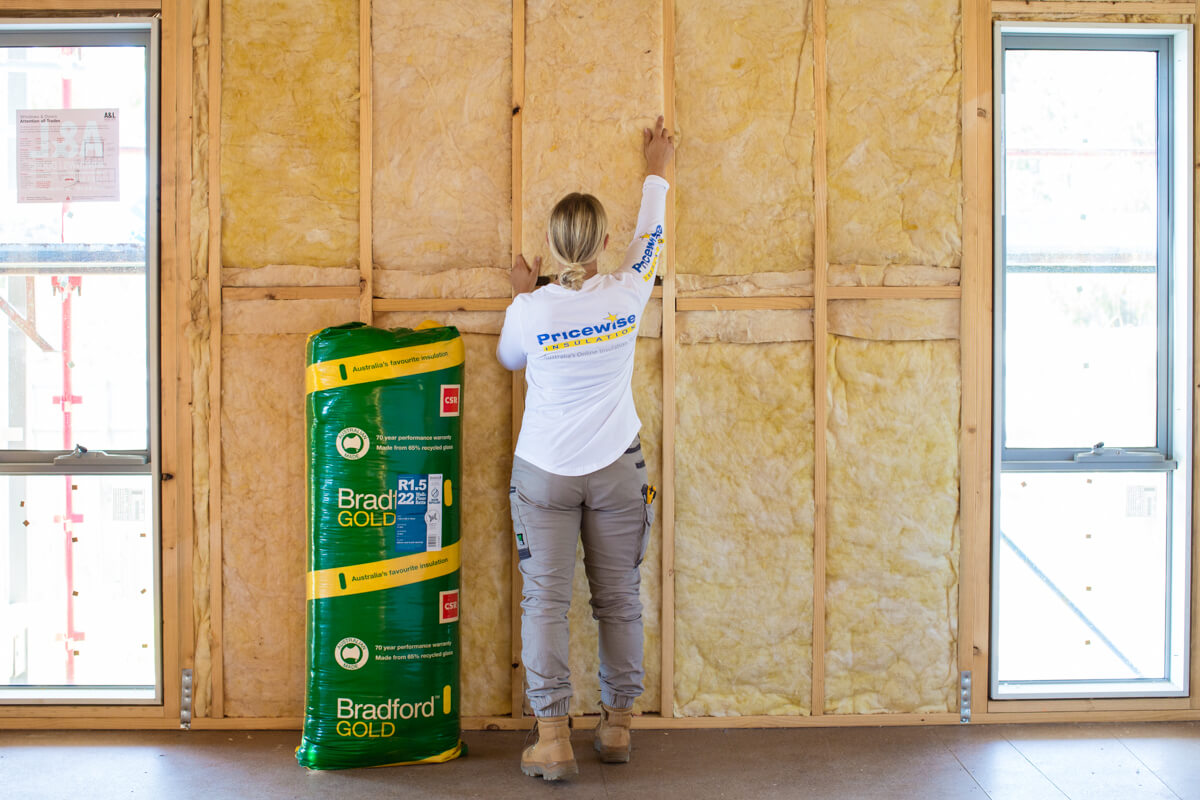

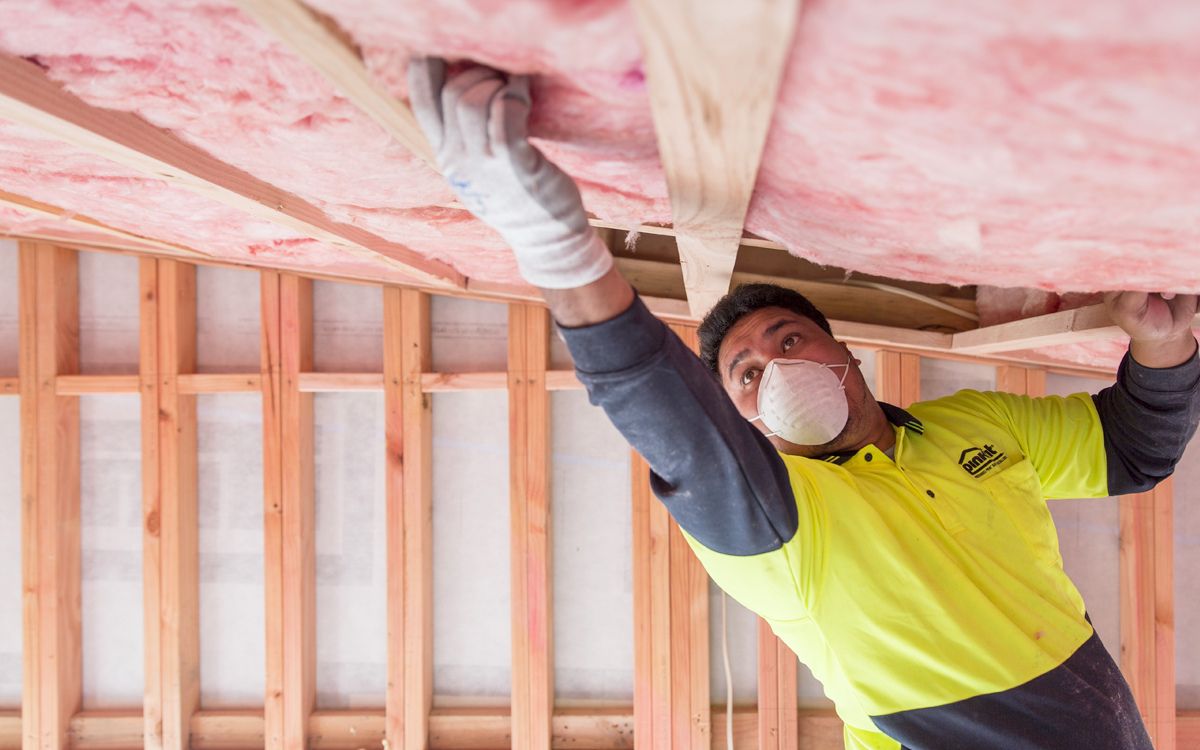
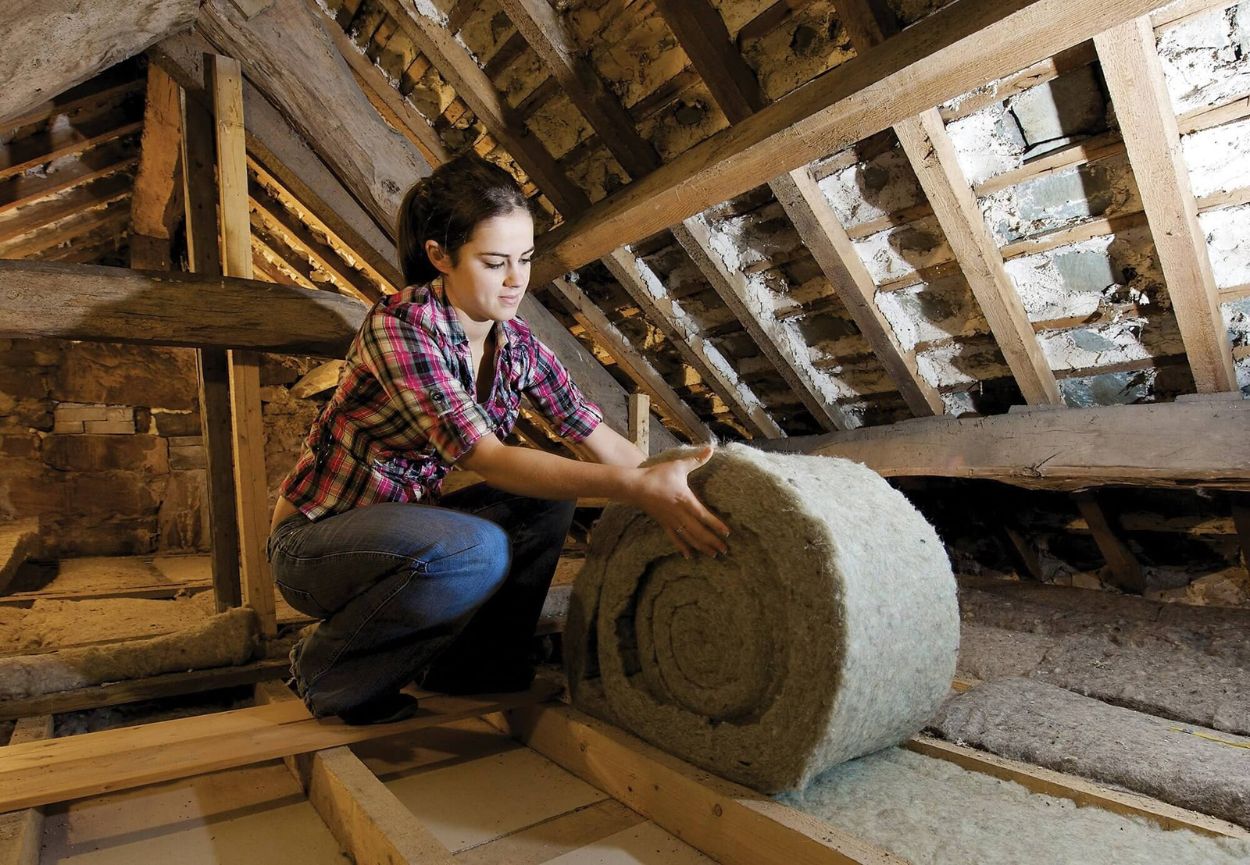
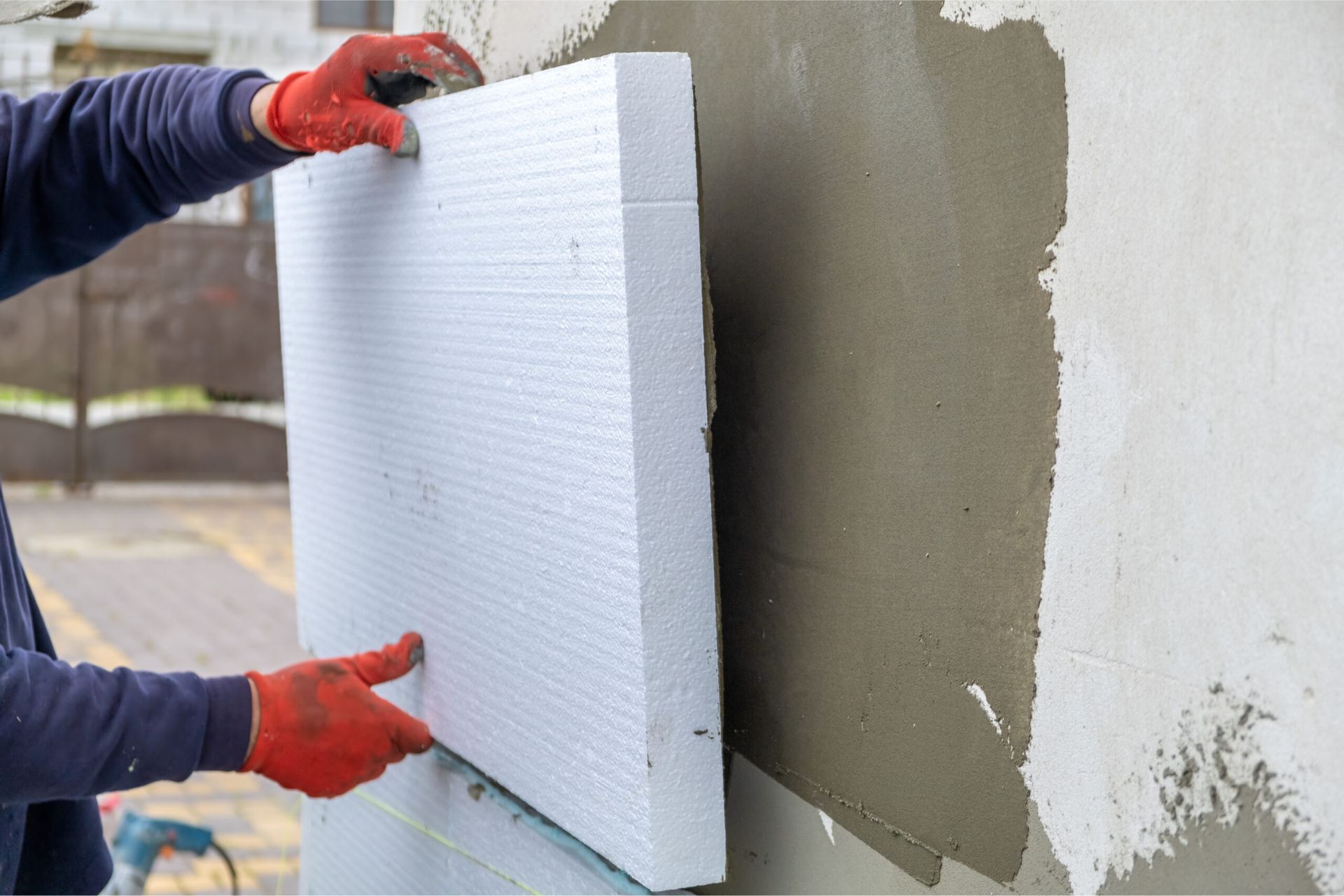
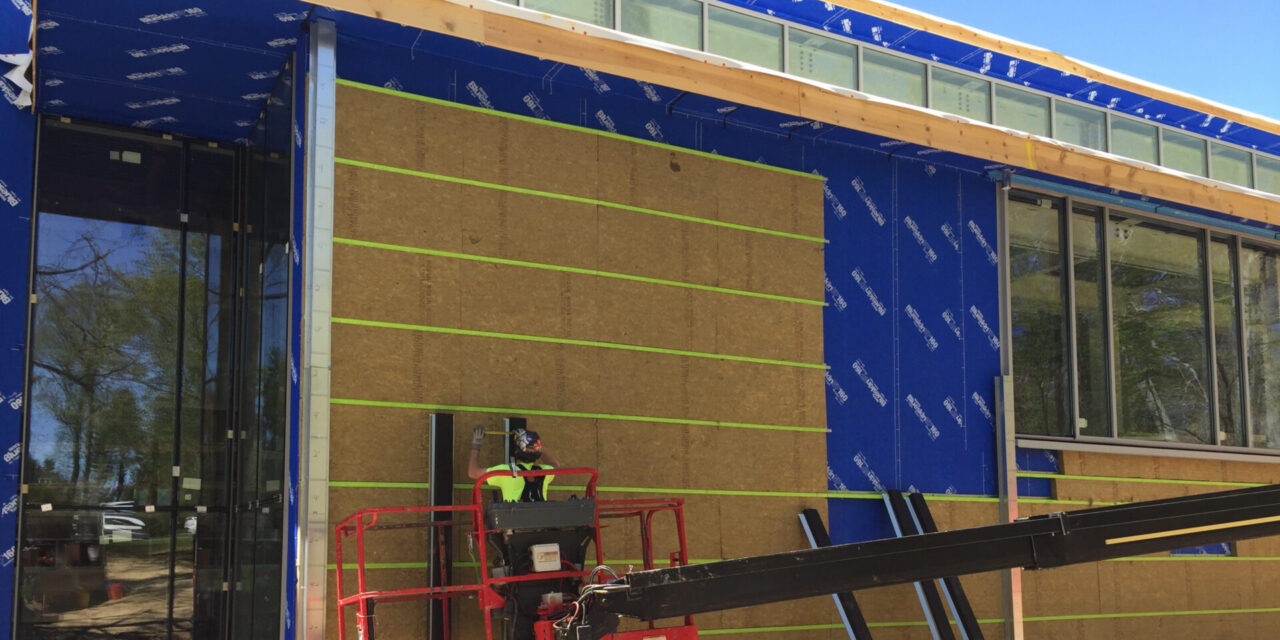
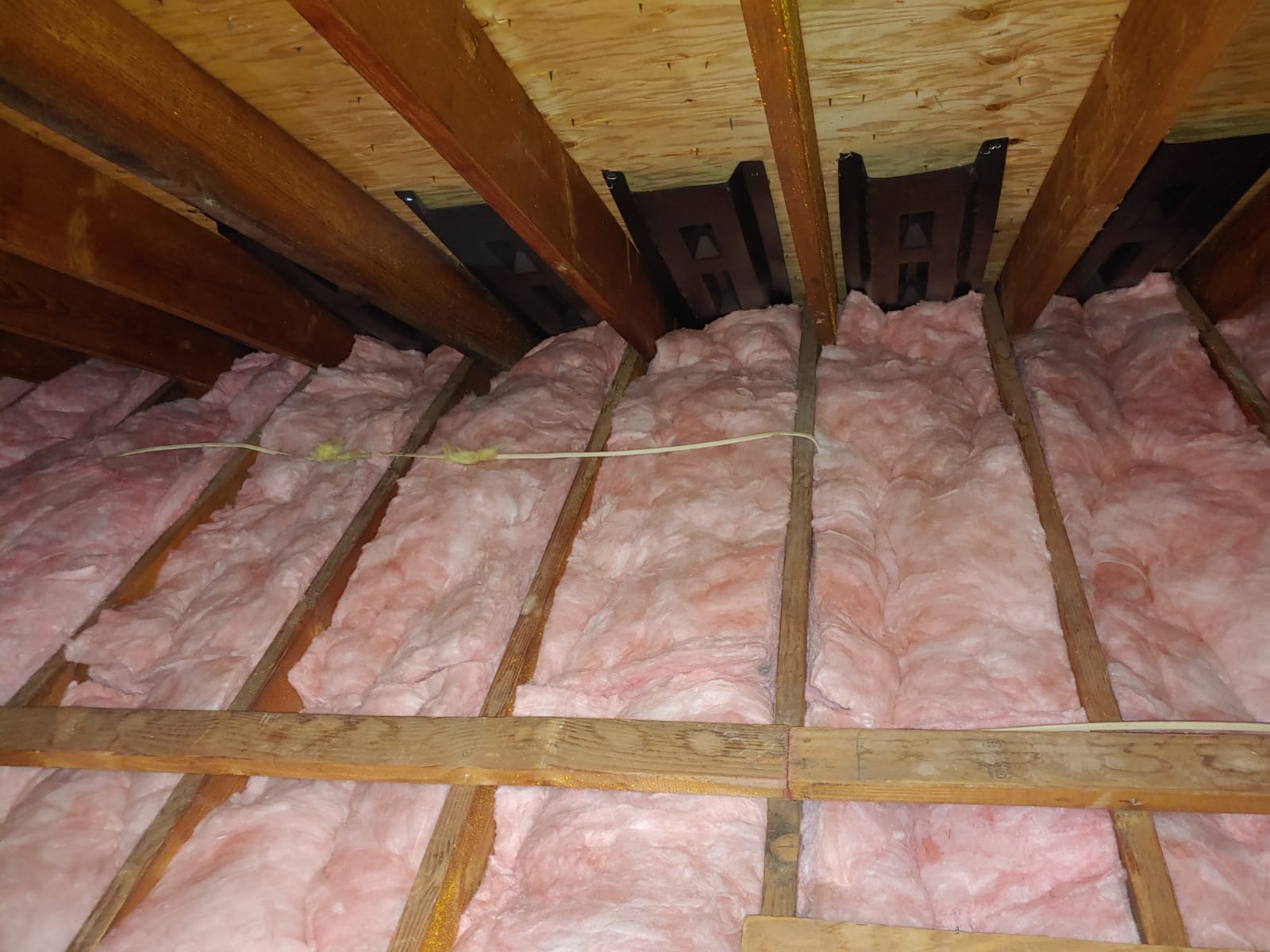
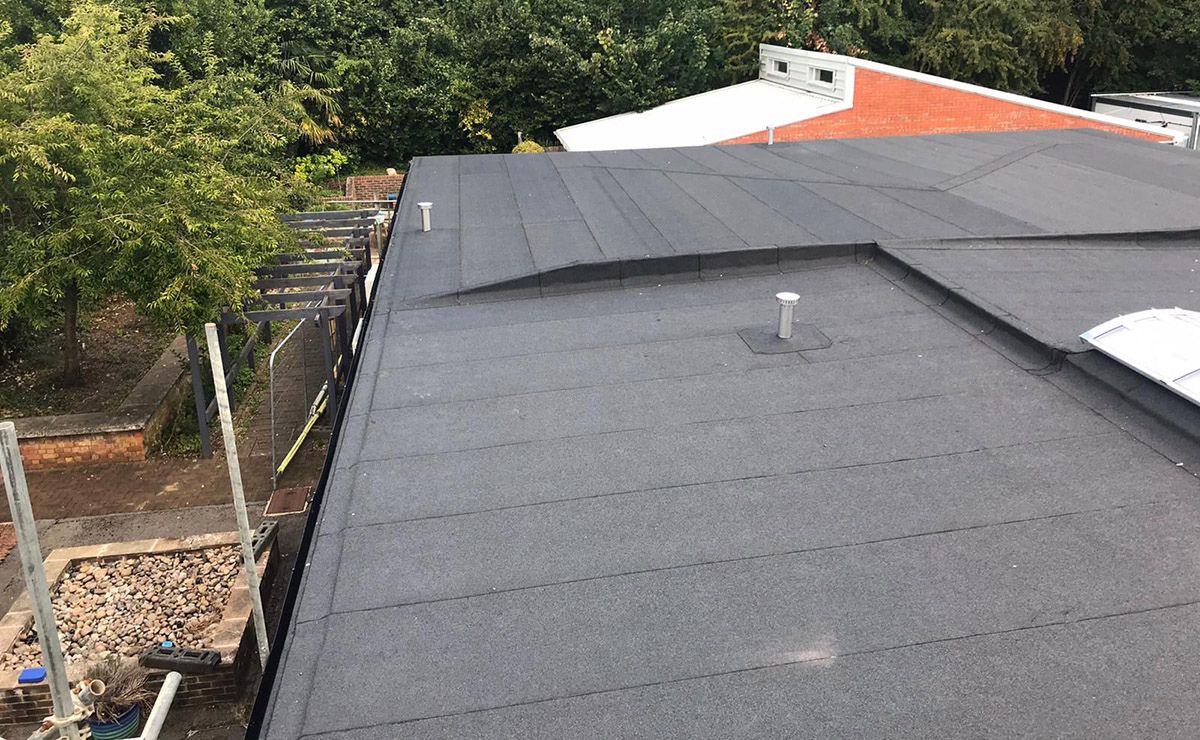
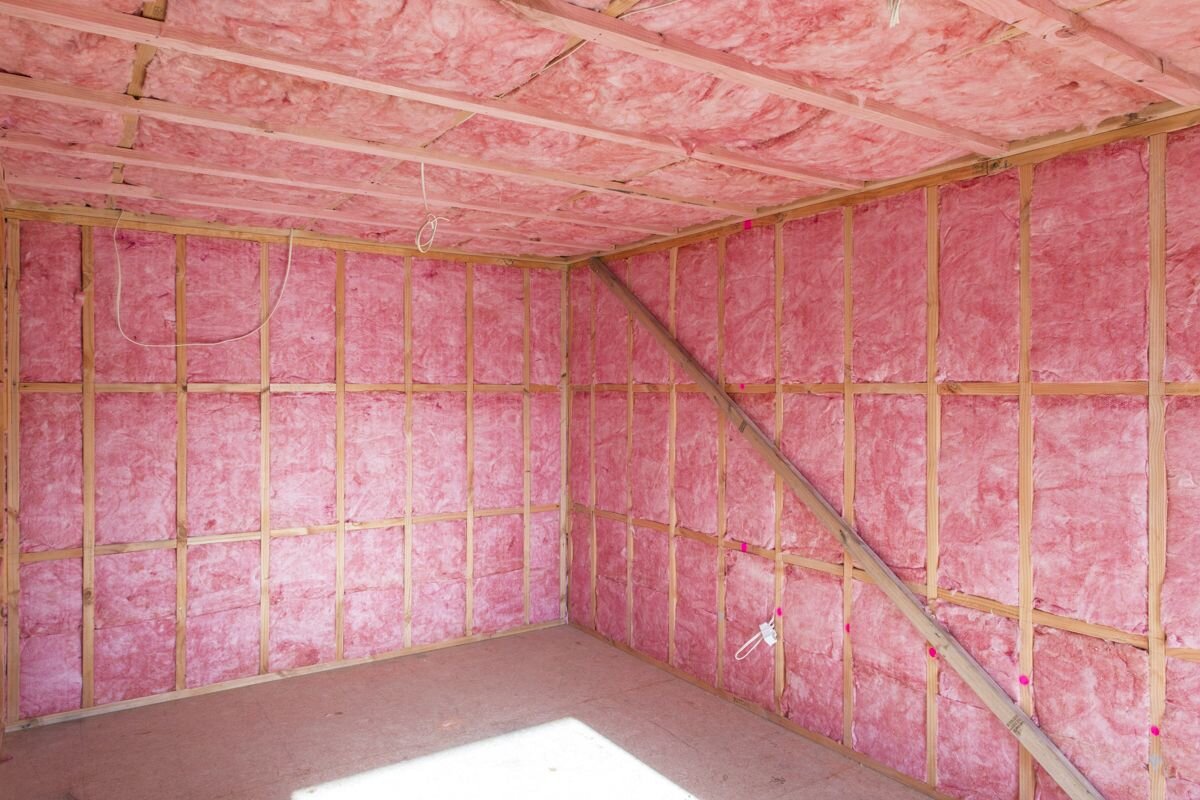
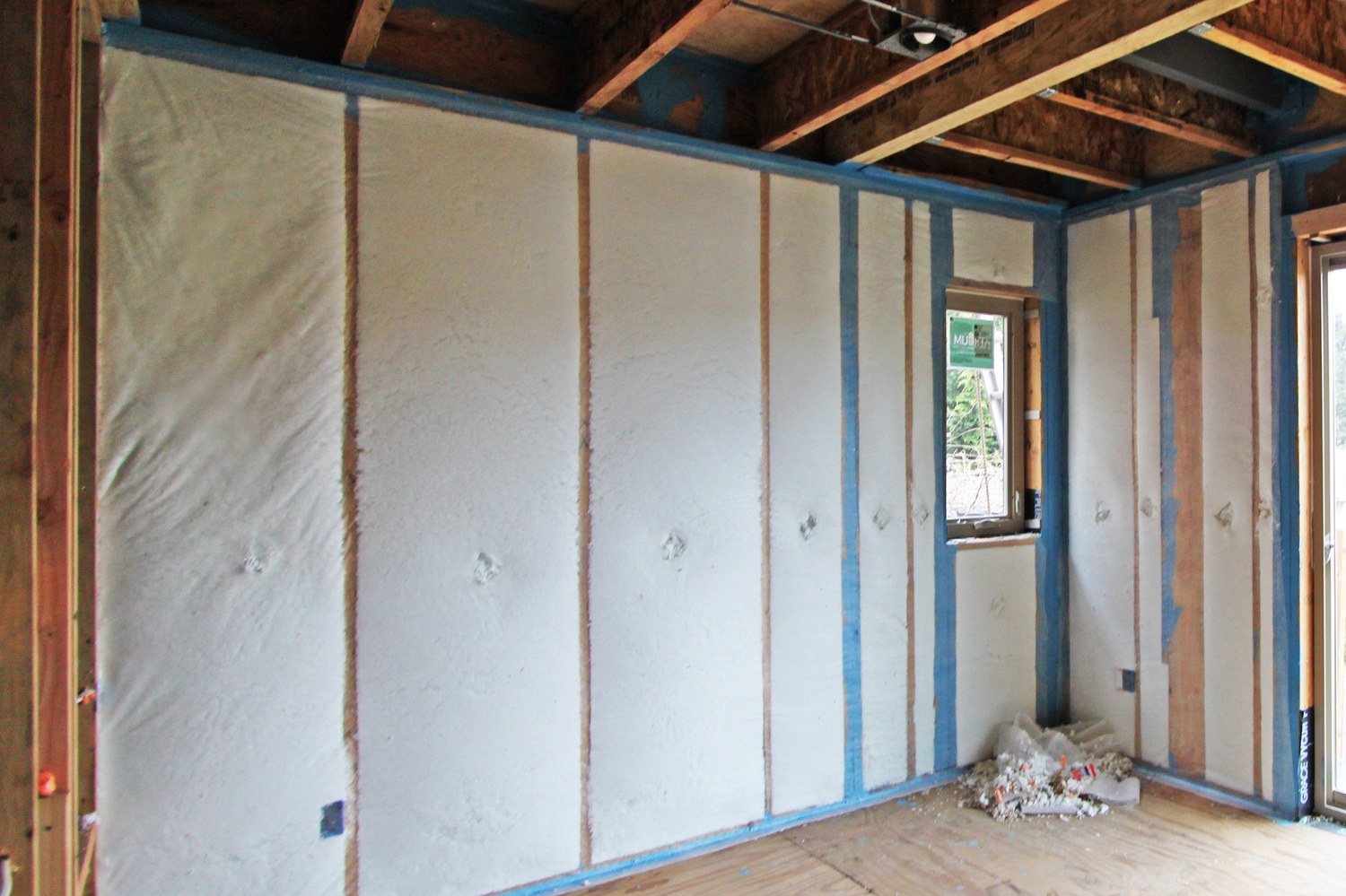
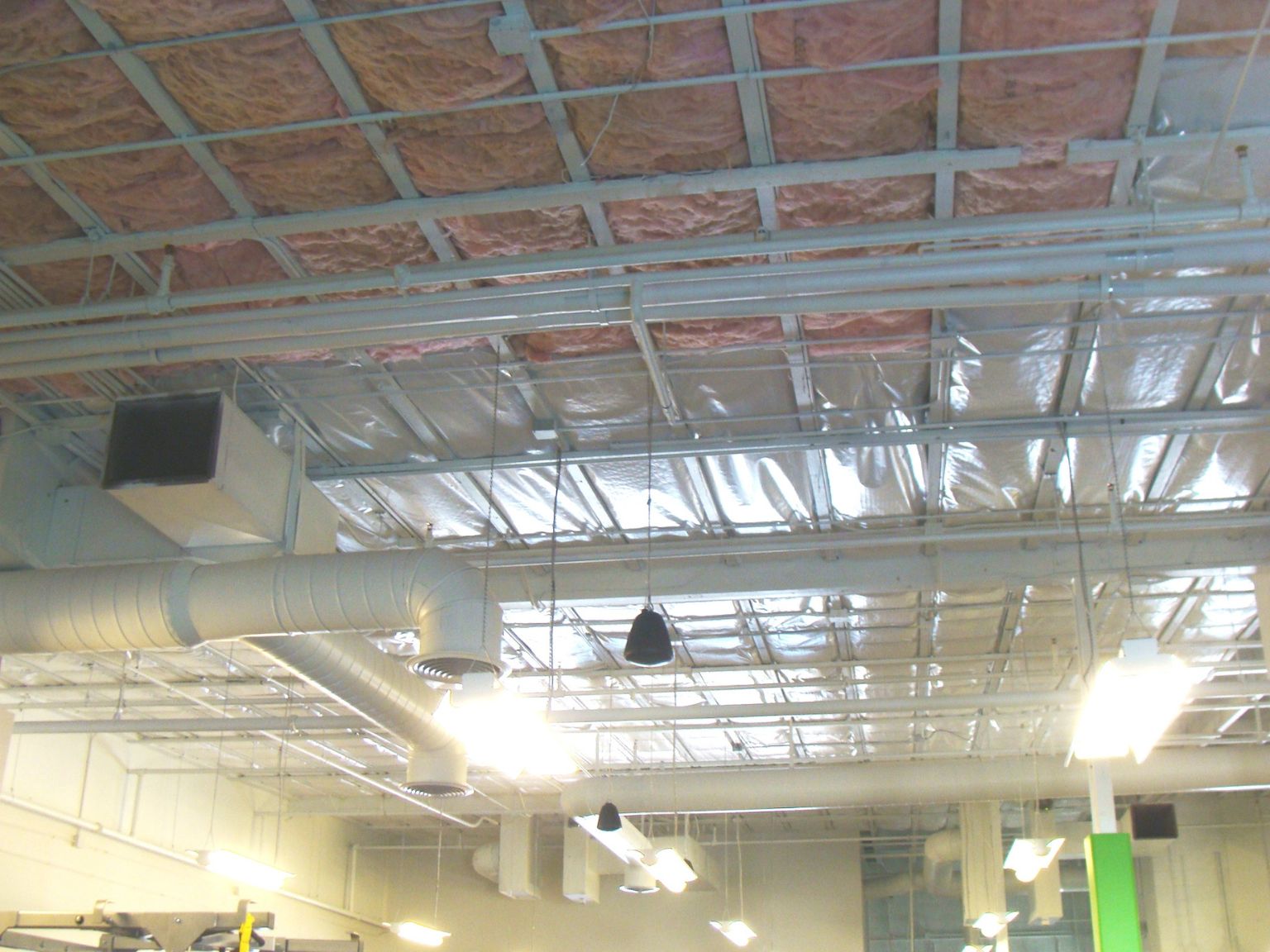
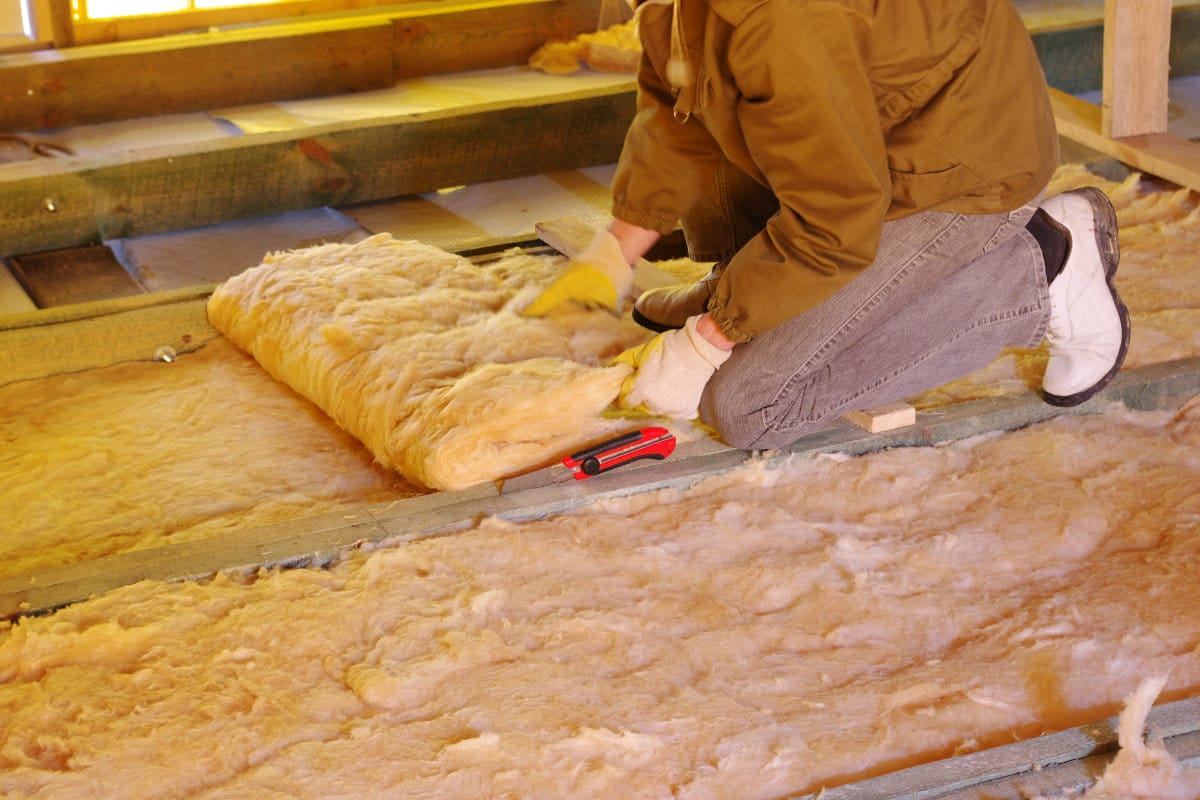
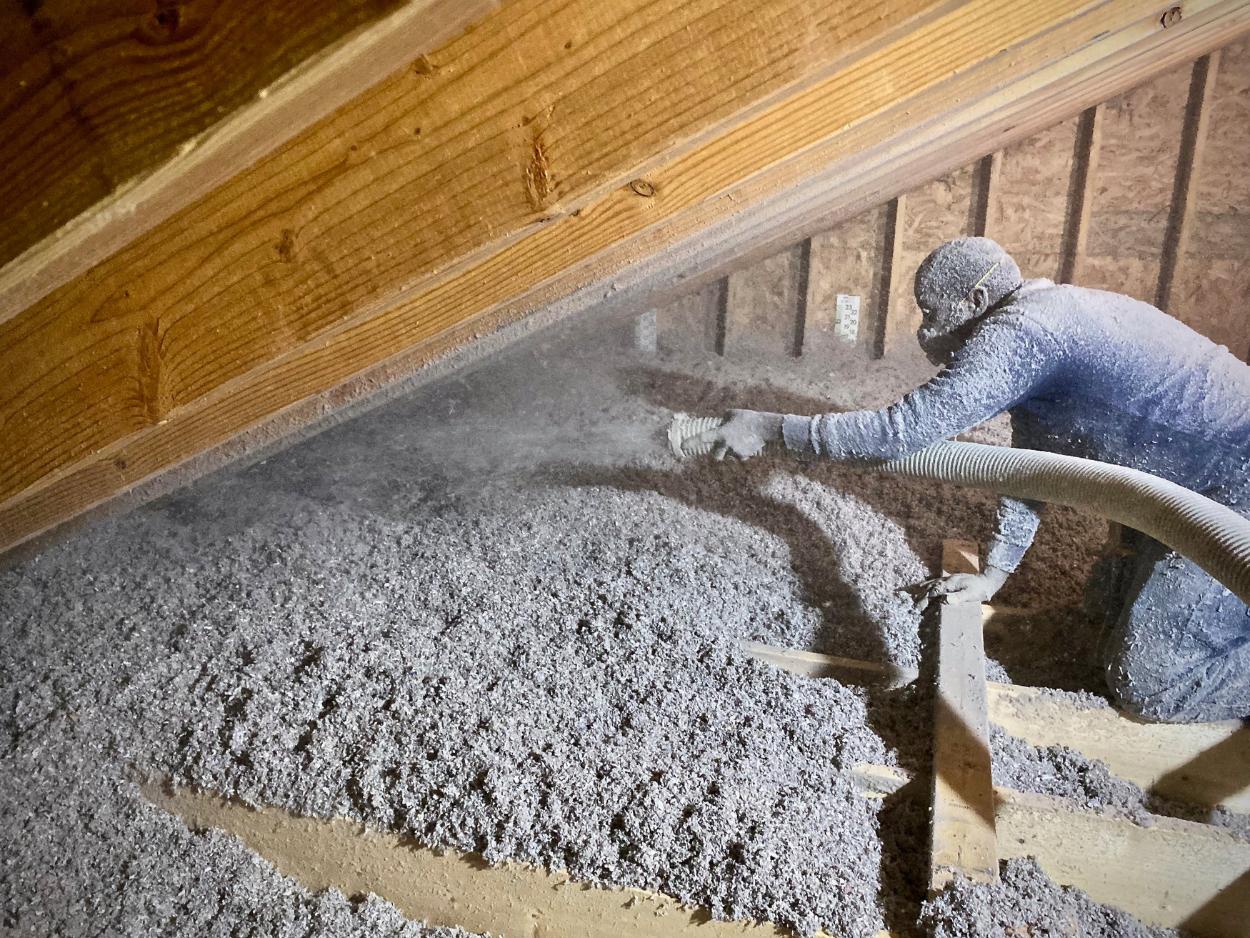

0 thoughts on “What Is Insulation In A House”